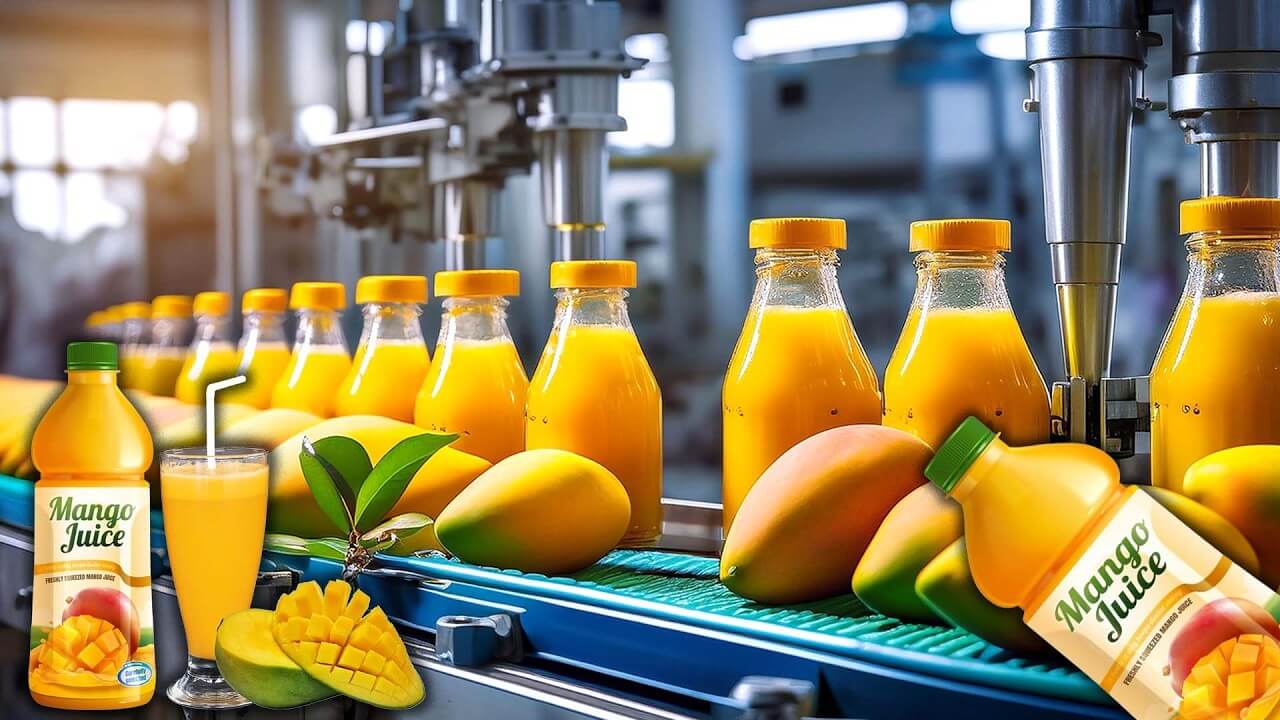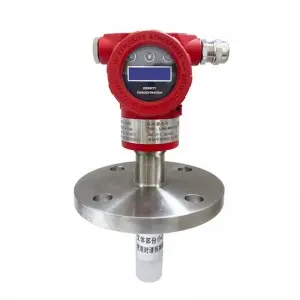Mango Juice Concentration Measurement
Mangoes originate from Asia and are now cultivated in warm regions worldwide. There are approximately 130 to 150 varieties of mango. In South America, the most commonly grown varieties are Tommy Atkins mango, Palmer mango, and Kent mango.

01 Mango Processing Workflow
Mango is a tropical fruit with sweet flesh, and mango trees can grow up to 30 meters in height. How is mango transformed into nutritious and healthy puree or concentrate juice? Let’s explore the processing workflow of mango concentrate juice!
The production line for mango concentrate juice includes the following steps:
1. Mango Washing
Selected mangoes are submerged in clean water for further dehairing with a soft brush. Then they are soaked in a 1% hydrochloric acid solution or a detergent solution for rinse and pesticide residue removal. Washing is the first step in the mango production line. Once the mangoes are placed in the water tank, any dirt is removed before moving to the next stage.
2. Cutting and Pitting
The pits of halved mangoes are removed using a cutting and pitting machine.
3. Color Preservation by Soaking
The halved and pitted mangoes are soaked in a mixed solution of 0.1% ascorbic acid and citric acid to preserve their color.
4. Heating and Pulping
The mango pieces are heated at 90°C–95°C for 3–5 minutes to soften them. They are then passed through a pulping machine with a 0.5 mm sieve to remove the peels.
5. Flavor Adjustment
The processed mango pulp is adjusted for flavor. The flavor is controlled based on specific ratios to enhance the taste. Manual addition of additives may cause instability in flavour. The inline brix meter makes breakthroughs in accurate brix degree measurement.

6. Homogenization and Degassing
Homogenization breaks down the suspended pulp particles into smaller particles and distributes them evenly in the concentrate juice, increasing stability and preventing separation.
- The concentrate juice is passed through a high-pressure homogenizer, where pulp particles and colloidal substances are forced through tiny holes 0.002–0.003 mm in diameter under high pressure (130–160 kg/cm²).
- Alternatively, a colloid mill can be used for homogenization. As the concentrate juice flows through the 0.05–0.075 mm gap of the colloid mill, the pulp particles are subjected to strong centrifugal forces, causing them to collide and grind against each other.
Real-time intelligent monitoring systems, such as online mango juice concentration meters, are essential for precisely controlling juice concentration.
7. Sterilization
Depending on the product, sterilization is performed using either a plate or tubular sterilizer.
8. Filling Mango Concentrate Juice
The filling equipment and process vary depending on the packaging type. For example, the mango beverage production line for plastic bottles differs from that for cartons, glass bottles, cans, or Tetra Pak cartons.
9. Post-Packaging for Mango Concentrate Juice
After filling and sealing, secondary sterilization may be required, depending on the process. However, Tetra Pak cartons do not require secondary sterilization. If secondary sterilization is needed, it is typically done using pasteurized spray sterilization or inverted bottle sterilization. After sterilization, the packaging bottles are labeled, coded, and boxed.
02 Mango Puree Series
Frozen mango puree is 100% natural and unfermented. It is obtained by extracting and filtering mango juice and is preserved entirely through physical methods.
03 Mango Concentrate Juice Series
Frozen mango concentrate juice is 100% natural and unfermented, produced by extracting and concentrating mango juice. Mango concentrate juice contains more vitamin C than oranges, strawberries, and other fruits. Vitamin C helps enhance the activity of immune cells, so drinking mango juice can boost the body's immune system.
The pulp content in mango concentrate juice ranges from 30% to 60%, retaining a high level of its original vitamin content. Those who prefer low sweetness can opt for mango concentrate juice.
Post time: Jan-24-2025





